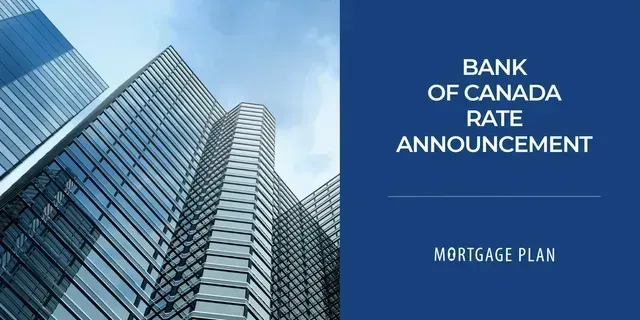Why The Property Matters
When looking to qualify for a mortgage, typically a lender will want to review four main areas of your mortgage application. Income, credit, downpayment/equity and the property itself. Assuming you have a great job, excellent credit, and sufficient money in the bank to qualify for a mortgage, if the property you’re looking to purchase isn’t in good condition, it’s going to be hard to arrange mortgage financing.
Property matters because the property you are looking to purchase is the collateral the lender holds in case you default on your mortgage.
You can expect that any lender will make every effort to ensure that any property they finance is without defect. Lenders want to see that a property is what is called “prime and marketable”. In the rare case that you happen to default on your mortgage, they want to know that if they have to repossess, they can liquidate (sell off) the property quickly and recoup their money.
So to establish value, an appraisal is always required on every purchase. Now, if your mortgage is insured through an insurer like CMHC or Genworth, they will have used an automated system to appraise the property (you might not even have known an appraisal was done). For conventional mortgage applications, a physical appraisal; where an actual appraiser goes to the property, is required. Typically your broker will order this, and you will be responsible for the cost. the appraiser is not only assessing the property’s value, but rather looking at the bones of the property itself. This is where problems can arise.
Why is this important to know? Well, because a lot of people believe that because they have a great job, excellent credit, and money in the bank, they should be able to buy anything they like. Without understanding that the property matters, some people have gone as far as to put in an offer to purchase without a condition of financing. And have lost their deposit, because the lender wasn’t satisfied with the state of the property and didn’t give them a mortgage.
You don’t want to be in this position. So remember, when looking at the overall mortgage application, the property should be considered, because the property matters!
If you have any questions; about a particular property or anything else, please don’t hesitate to contact us anytime , we’d love to work with you!
Share
RECENT POSTS





